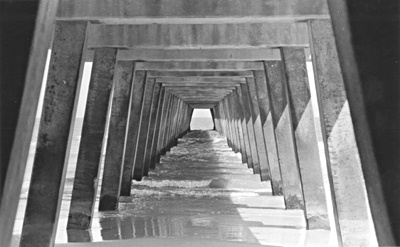All Nonfiction
- Bullying
- Books
- Academic
- Author Interviews
- Celebrity interviews
- College Articles
- College Essays
- Educator of the Year
- Heroes
- Interviews
- Memoir
- Personal Experience
- Sports
- Travel & Culture
All Opinions
- Bullying
- Current Events / Politics
- Discrimination
- Drugs / Alcohol / Smoking
- Entertainment / Celebrities
- Environment
- Love / Relationships
- Movies / Music / TV
- Pop Culture / Trends
- School / College
- Social Issues / Civics
- Spirituality / Religion
- Sports / Hobbies
All Hot Topics
- Bullying
- Community Service
- Environment
- Health
- Letters to the Editor
- Pride & Prejudice
- What Matters
- Back
Summer Guide
- Program Links
- Program Reviews
- Back
College Guide
- College Links
- College Reviews
- College Essays
- College Articles
- Back
North Korean Prison Camps
North Korean prison camps have existed since 1958. These prisoners are made up of North Koreans accused of political offenses and crimes. Anyone who is accused of a political offense goes to one of the 6 political prison camps. Today there are nearly 200,000 prisoners in the camps. This number is so large because when you are sent to a camp your entire family, grandparents, and grandkids also have to go to the camp for the rest of their lives. If you are accused of any crime against the country you will be sent to one of the 20 re-education camps for long term with little hope of ever leaving.
Kim Il-Sung was North Korea's dictator that rose to power in 1948. From then until 1956 he got rid of anyone who was against him. The first camp he built was the Pukchang concentration camp, built in 1958. Along with the first camp came the three generation rule. Anyone accused of a political offense has to stay in the camp along with their children, and their grandchildren. All of them serving life in prison.
These camps have been a living hell for anyone inside it. Women are constantly raped, everyone, including children, are publically executed and not an hour goes by where somebody is not being beaten. Shin Dong-hyuk is the only known prisoner to escape from Camp 14 and live to tell the tale. In the camps he had the tip of his finger cut off for dropping a piece of machinery, and was tortured on multiple occasions.
Shin Dong-hyuk was born in the prison. When he was 13 he turned his brother and mother in for trying to escape. The Guard he reported the crime to wanted to take credit for it so they interrogated and tortured Shin Dong-hyuk. He watched his mother get hung and brother get shot and felt no remorse because they had broken the rules. Almost 10 years later another prisoner came that had previously lived outside of a camp and told him how much better the outside world was. One day in the winter they were collecting firewood close to the border of the camp. His friend tried to get through the fence but was electrified and died. He then climbed over his dead body to escape the camp. He went north until he accidently ended up in China. Today he lives in South Korea. He still does not understand love and is just starting to feel remorse for turning in his mother and brother.
All of the prisoners that are still in the camps live in inhuman ways. They have to sleep in tiny cells that are so small you can’t stand up inside. 40% of the prisoners die from malnutrition and illness, work accidents, and public executions take the lives of the weak ones that are left. Political prison camps range in size and population. The largest of the 6 has 50,000 people when the smallest only has 3,000. In size they can range from .1 square miles to 212 sq miles. Re-education camps are much smaller and usually have a lot less people. They range from 500-7,000 prisoners. Unlike the political prison camps there is no three generation rule and you have a slight chance of leaving the camps.
Since the first camps were built they have only gotten worse. They have more prisoners every year and the country is continuing to be isolated from all other countries. Little information is known about the camps because they don't let anyone near the camps. The only information we have is based off satellite images and survivors stories.

Similar Articles
JOIN THE DISCUSSION
This article has 0 comments.

A truly touching memoir on North Korean Political Prisons.